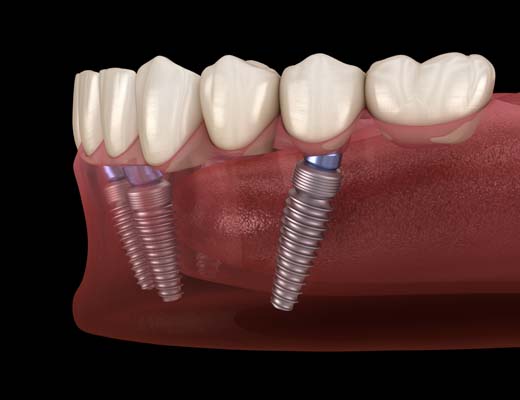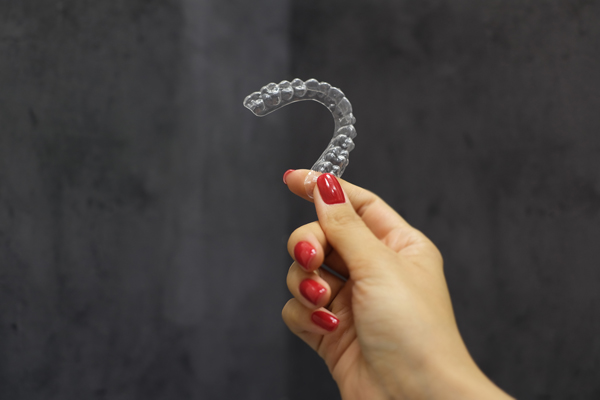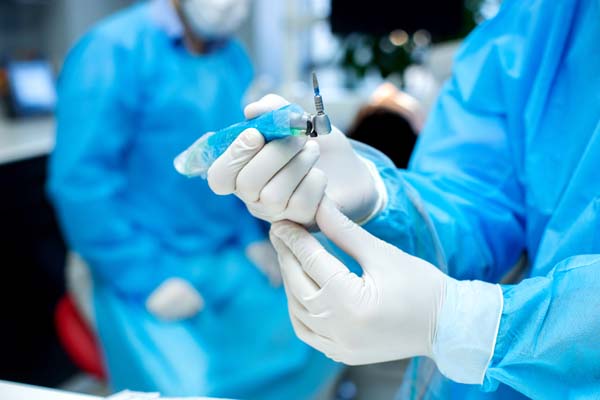What Can You Eat After Getting All-on-4 Implants?

All-on-4® is one of the many types of dental implants available. It involves the use of four specially-placed implants to support a full-mouth tooth prosthetics. After the procedure, patients often wonder what foods they can eat, especially since every step can affect recovery.
Guidelines for eating and drinking
In the next few days or weeks after the procedure, patients need to take proper precautions regarding their diet. They need to watch what they eat after getting All-on-4 implants during the first two weeks and about three months after implant placement.
Food choices during the recovery period are something to consider. Selecting the right type of food can help minimize pain or swelling. It can also help accelerate the recovery process so patients can get back to their routine. Those with preexisting dietary requirements need to consult their dietician before making adjustments to their diet.
What to eat
In the first two weeks after the treatment, patients will remain on a liquid diet. The jaw, mouth and tongue will be sore throughout this period. Although the pain or swelling may have reduced at this time, eating may still be somewhat challenging. A liquid diet will not involve chewing so as to ease the pressure on the mouth. In the first two days, cool liquids are preferable over hot or spicy liquids.
Maintaining proper hydration is also crucial. Patients should consume fluids all throughout the day. Hydration is crucial for adequate healing and quick recovery. Proper nutrition is also vital when liquids are the main diet. Patients should drink fluids containing nutrients because proper nutrition is also important for recovery.
One important note is that patients should not use straws for drinking fluids. The sucking action can break the blood clot around the implant site and cause bleeding.
The following is a list of food and drink items that can be consumed after getting All-on-4 implants: water, protein shakes, meal replacement shakes, milk, tea, coffee, frozen yogurt, smoothies, coconut water, broth, fruit juices, milkshake, ice cream, custard and vegetable or cream soup.
When making protein shakes or smoothies, the texture should be light. Chunky smoothies can make sipping difficult. As the days go by, patients will be able to tolerate thicker and heavier shakes.
In the second half of the recovery period, usually after about two weeks, the patient can switch to a soft food diet. By this time, the soreness will have diminished, and the jaw will have started healing. Patients can slowly introduce solid foods into their diet. It is still best to avoid food items that are chewy, hard and crunchy. It should be an item that can be eaten with a spoon and needs minimal chewing. Food options include soft tofu, eggs, cheese, hummus, mashed potatoes, oatmeal, soft bread, polenta and quinoa.
In conclusion
During recovery, you can use a blender to get the correct food consistency. Proper nutrition is important for healing and recovery after getting All-on-4. Focus on eating healthy foods as well.
Request an appointment here: https://www.southlakedentalcare.com or call SouthLake Dental Care at (904) 512-3054 for an appointment in our Middleburg office.
Check out what others are saying about our dental services on Yelp: All-on-4 Dental Implants in Middleburg, FL.
Recent Posts
The All-on-4® procedure can significantly improve one's oral health and appearance. However, in order to achieve both, it is necessary to go through the entire process, which is known to be involved. Once the procedure is complete, the patient should prepare to undergo a lengthy recovery process. Recovery tends to be lengthy because the dental…
For those who have experienced partial or complete tooth loss, the closest option to the natural teeth is an implant-supported restoration like All-on-4®. Dental implants integrate with the jawbone, mimicking the role of the natural tooth root. This provides the optimal level of stability and durability and the stimulation required to keep the jaw healthy.Unfortunately,…
Tooth expulsion is not something anyone wants to go through, but thankfully, a dental implant can help with this. Often times, a tooth expulsion occurs due to a traumatic injury to the face or head. With the help of a dental implant, a tooth expulsion can easily be taken care of. Dental implants are one of…
Tooth loss is a worldwide problem, and dental implants are becoming a common choice to replace missing teeth. You might need an implant due to irreversible tooth decay, severe periodontal disease or an accident. Some issues, such as a failed root canal procedure, also create a need for implants.The loss of single or multiple teeth…


